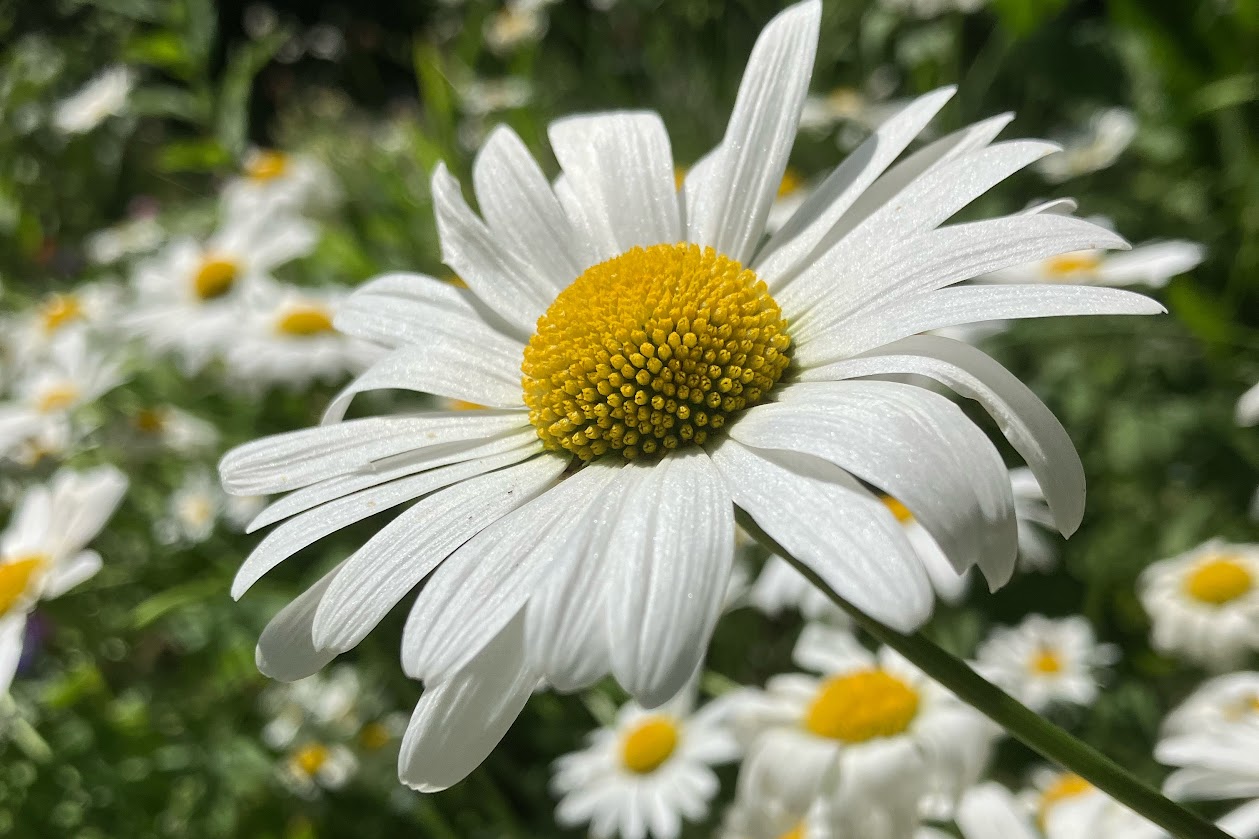Blog
Blog posts on this site are written for Naturewrights, an online community of nature writers, found at: https://naturewrights.wordpress.com.
Written in the Dust of Our Days
My mother has a recurring dream: she is running down the hill, one of the fields sloping off the Hog’s Back, and she can see the roof of her cottage at the bottom, higgle-piggle slates peeping between the high corn, but no matter how fast or how long she runs, she never gets home.
Read more
The field never changes; it’s always summer, before harvest, she’s always a child, before Hitler invaded Poland. Yet the child’s mind, the self inside the dream, is always whatever age she is when she dreams it. The damsons are fruiting on top of the hill, blossoms gone and drupes swelling green to black. Sparrows squabble in the hedges that line the thin path, and rats dip in and out of the ditch that runs along it. The air is slightly acid, a bovine scent drifting up from the farm, and so ordinary she ignores it along with the bees, birds, butterflies, even the flies that dust her skin as she sprints.
What she really wants to do is go home, but she never gets there. And yet, when she wakes, what she really wants to do is go back to the field and the dream.
Like so many people who keep nature diaries, I am haunted by lost worlds, as my mother is too, and although I don’t share her dream, I have plenty of nature memories of my own that drift and recur throughout my waking life and my sleeping one. Places and spaces that established themselves so well in my thoughts decades ago that I can still see and hear and smell them today as vividly as if I were there last week. A part of me never quite understands why I can’t slip back into them and be there again, with all the long-dead plants and animals who have no idea of the changes to come. Not a day goes by when I don’t wish I had a time-telescope to view what everyday life was really like then.
And I know I'm not alone.
There is such a strong fear that if we don’t write down now what we can see and hear and feel in the natural world around us, we will never be able to explain what we had when it is gone. There is also the hope that the very act of describing, with its accompanying increase of awareness and articulation, may aid the attempts to retain the biodiversity we still have or, better still, play some part in the effort to restore it. Writing is often described as a kind of therapy, and at a time of such great environmental flux keeping a nature diary can offer a reassuring routine, an outlet for anxieties, and a record of what was seen, heard, and lived.
Technology, time, tenacity – they all help get the job done. Pausing to re-read, reflect, re-work – these moments become like way-markers on the journey from notes to narrative. The more we write, the more we notice and the more resources we have available to work into memoir. And if we don’t write it down, it all becomes a bit like my mother’s dream-field. Vivid but elusive. Memorable, but mostly with the sense that something once very familiar is now unreachable and long gone.

2024
- 26 March : Elf Cups
- 28 February : February Morning
- 11 February : Points of Light
- 26 January : Sleeps, Creeps, Leaps
2023
- 27 December : Feed the Birds
- 26 November : Verdigris Agaric
- 1 November : Strange Behaviours
- 4 October : Rubus, Sorbus, Malus
- 3 September : Exchanged Eyes
- 26 August : Small, shell-less snails
- 29 July : Teasels
- 29 June : Riverdance - Banded Demoiselles
- 16 June : Night Garden
- 17 May : Magpies and Mustard
- 19 April : Days of Sun and Rain
- 19 March : Cold Spell
- 20 February : People in Glasshouses
- 21 January : Out of the Underworld
2022
- 19 December : Nature Memoir
- 15 November : Seasonal Dissonance
- 11 August : Parliament of Fowls
- 23 April : Diptera in the Brownfields
- 2 February : Bryophytes at the Bus Stop
- 19 January : Setae and Scales
